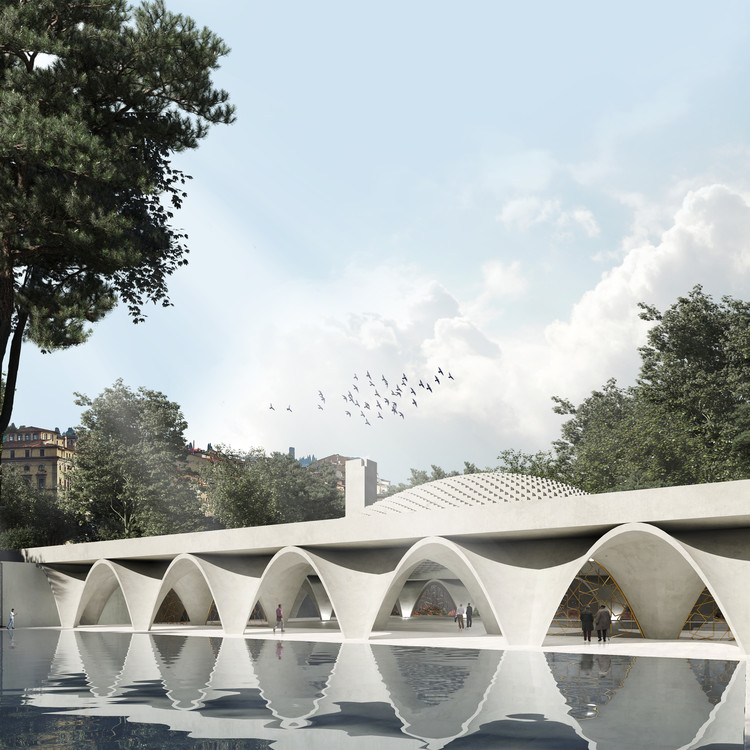
Under the theme of "Mosque: a cross-cultural building", the 4th cycle of the Abdullatif Alfozan Award for Mosque Architecture (2020-2023) has announced its 5 winning projects hailing from Australia, Turkey, Serbia, Slovenia, and Mozambique. The award ceremony took place at the Riyadh National Museum on March 5th, 2023, followed by a 2-day architectural seminar in which the architects explained the design process behind their winning projects.
Looking into mosques between the past, present, and future, the selection took into account each project's contextuality, privacy, its religious and architectural significance, and contribution to the community. Over 200 mosque were submitted from across the world, narrowed down to a shortlist of 22 projects. The five winning mosques, however, were commended for looking beyond common mosque typologies, as they explored the importance of feeling within a religious space, their value as "urban communication tools", and how their architectural languages are re-establishing the values of the religion.









_2.jpg?1653224708&format=webp&width=640&height=580)
.jpg?1653224549)
.jpg?1653224741)
.jpg?1653224579)
.jpg?1653224564)
_2.jpg?1653224708)




















_as_Seen_From_East_World_Monuments_Fund_Collection.jpg?1599137151)













.jpg?1563871474)
.jpg?1563871762)
.jpg?1563871762)

